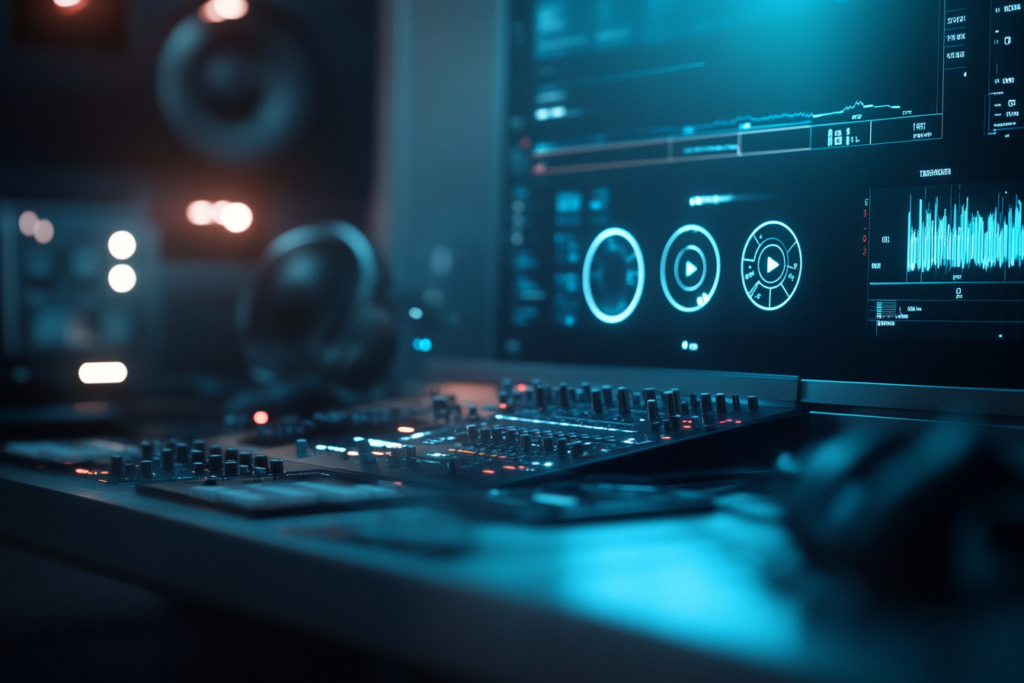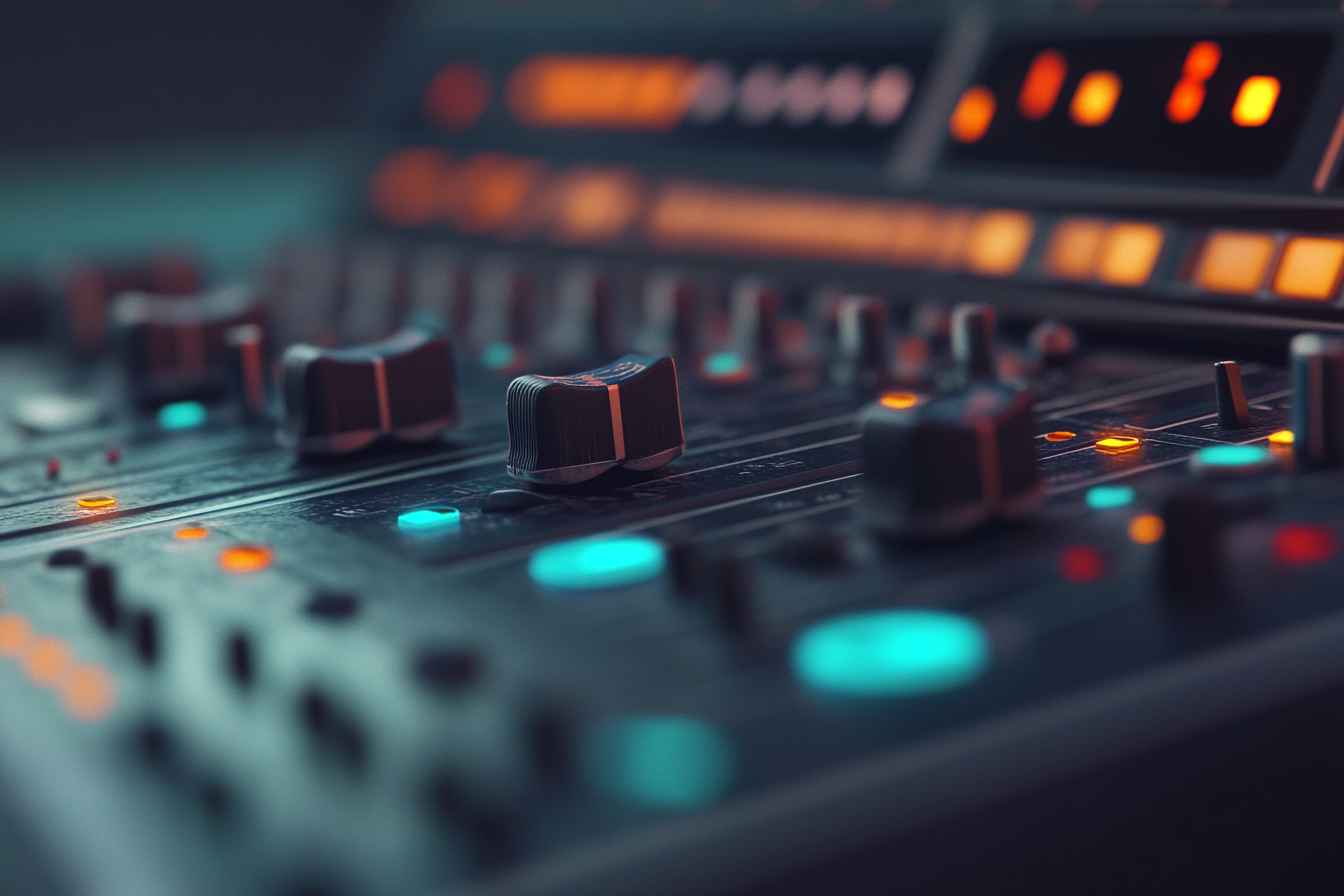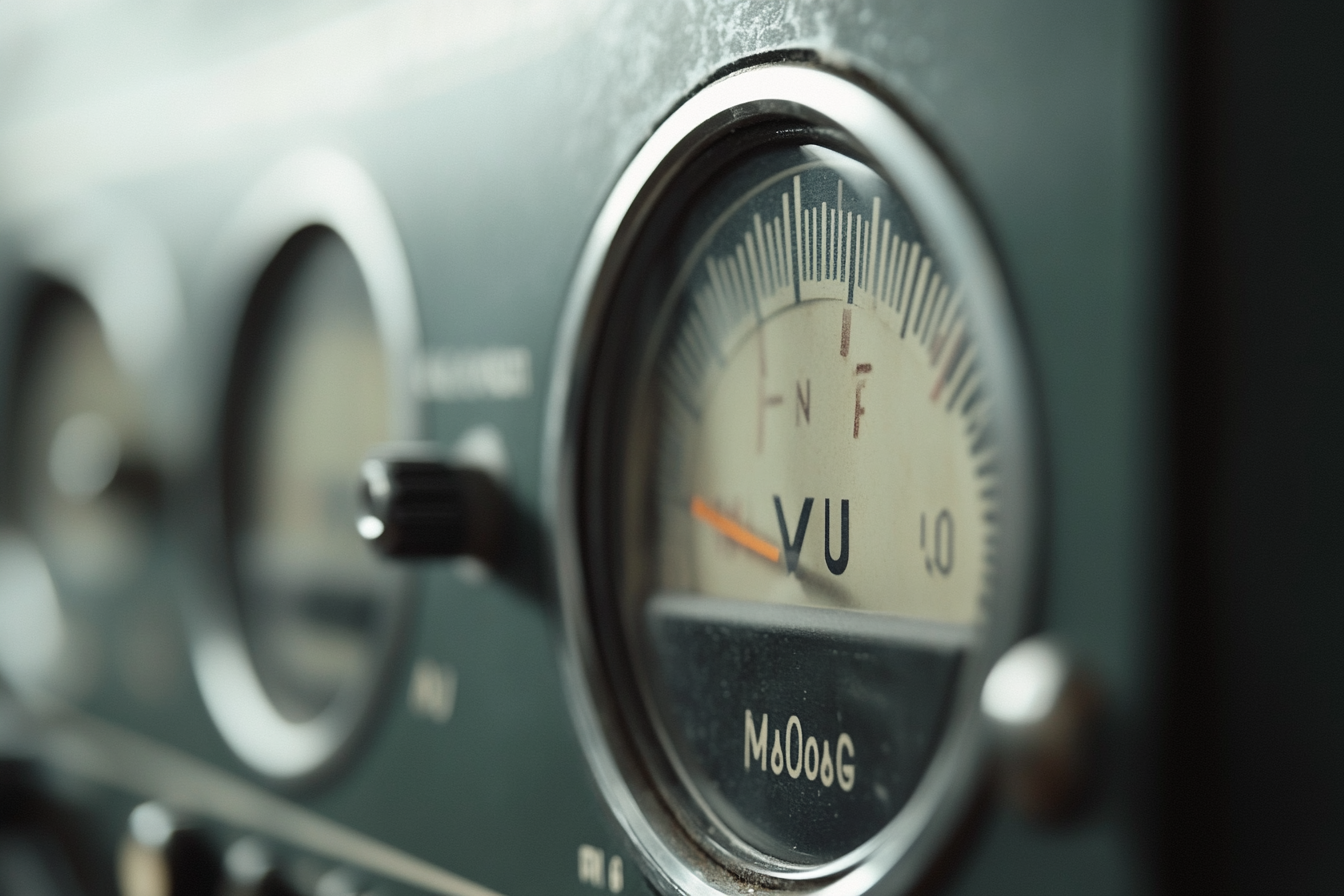Introduction
Mixing music is an art form that requires both technical skills and a creative touch. For musicians, achieving a professional sound is essential for showcasing their work and reaching wider audiences. This article delves into five essential tips for better mixes, providing musicians with practical advice to enhance their mixing techniques. Whether you’re a seasoned producer or a beginner, these tips will guide you in creating polished, professional mixes that captivate listeners.
1. Balance Your Levels Before Adding Effects
Understanding Gain Levels
The foundation of a great mix starts with the balance of levels among different tracks. Gain staging is crucial; it refers to adjusting the volume of each individual track before applying any effects. By ensuring that each instrument or vocal is recorded at the appropriate level, you will minimize distortion and maintain audio clarity. The ideal gain level should avoid clipping while providing ample headroom for dynamic range.
When the levels are balanced, the mix naturally sounds more cohesive. Musicians should consider the importance of this step—taking the time to set levels correctly saves time in the mixing process and ensures a more polished final product.
Importance of Initial Balance
An initial balance helps define the relationship between different elements in the mix. The goal is to create a clear sonic landscape where every instrument can be heard without interfering with others. This requires careful listening and adjustments to panning and volumes. For example, a lead vocal should sit comfortably above the instruments rather than competing with them. Establishing this balance early in the process allows for more effective layering of effects later on.
Utilizing a reference track can also help musicians gauge whether their levels are appropriate. Comparing your mix to a professionally mixed track aids in identifying discrepancies in volume, tone, and overall balance.
Techniques for Level Adjustment
There are several techniques musicians can employ for effective level adjustment. One method is the use of faders in a digital audio workstation (DAW) to gradually increase or decrease levels until they feel right. Additionally, utilizing a spectrum analyzer can provide a visual representation of where levels stand across frequencies, helping in the decision-making process.
Another technique is the use of automation. Automating volume levels throughout the track can enhance the dynamics, making certain parts more prominent while keeping others subtle. This ensures the mix maintains interest and complexity.
2. Use EQ to Carve Space, Not Boost Everything
How to Use EQ Effectively
Equalization (EQ) is one of the most powerful tools in a mixing engineer’s arsenal. It allows musicians to adjust the frequency content of individual tracks, helping to shape the sound. However, the common mistake is to boost frequencies excessively when mixing. Instead, musicians should focus on cutting unwanted frequencies to create space for each instrument. This approach minimizes muddiness and enhances clarity.
Using high-pass filters is an effective strategy for cleaning up low-end frequencies that may interfere with the mix. Often, instruments do not require all the low frequencies, and removing them can improve the overall sound without sacrificing warmth.
Identifying Frequency Conflicts
Frequency conflicts occur when multiple instruments occupy the same frequency range, resulting in a cluttered mix. To avoid this, musicians should identify which frequencies are shared amongst tracks and adjust accordingly. For instance, if a guitar and a piano are both occupying the mid-range frequencies, applying EQ to carve out distinct spaces for each instrument can help clarify the mix.
Another helpful practice is utilizing spectrum analyzers to visualize frequency content. This can assist in pinpointing conflicts and making informed decisions about EQ adjustments.
Carving Space in the Mix
Carving space in a mix involves strategically using EQ to ensure that every element has its own sonic territory. Rather than simply boosting the frequencies of each track, musicians should consider subtractive EQ, which can create room and allow for a more balanced sound. For instance, if the lower frequencies of a kick drum and bass guitar clash, a slight cut in one of those frequencies can help both elements coexist harmoniously.
Additionally, panning elements to different sides of the stereo field can create a sense of space. This approach, in conjunction with EQ, promotes a more dynamic and engaging listening experience.
3. Control Dynamics with Compression Wisely
Understanding Dynamics in Music
Dynamics refer to the variations in loudness and intensity of different elements in a musical piece. Managing these dynamics through compression can help maintain a balanced mix. Compression reduces the dynamic range by limiting the loudest parts and boosting softer sections, resulting in a more controlled sound. However, over-compression can lead to a lifeless mix, so it’s crucial to use this tool judiciously.
A key aspect of effective compression is understanding the parameters, such as threshold, ratio, attack, and release. By adjusting these settings, musicians can shape the character of the sound and control how an instrument sits within the mix.
When to Use Compression
Compression is particularly useful for managing vocals, drums, and bass. For instance, applying compression to a vocal track can help ensure a consistent volume throughout the performance, making it easier to sit the vocal in the mix. Similarly, drums often benefit from compression to enhance punch and sustain, allowing them to drive the rhythm effectively.
However, it’s essential to use compression sparingly, especially when mixing live recordings or acoustic performances. Too much compression can lead to an unnatural sound that diminishes the emotional impact of the performance.
Tips for Effective Compression
To use compression effectively, musicians should consider the context of the mix. A good starting point is to apply a moderate ratio (around 2:1 or 3:1) and use a slower attack time to preserve transients. This allows for the initial impact of a sound to come through before the compressor kicks in, maintaining the natural character of the instrument.
Moreover, experimenting with sidechain compression can create interesting effects and improve clarity in mixes. For example, using sidechain compression on a bass track triggered by a kick drum can ensure that the kick remains prominent in the mix, creating a more cohesive sound.
4. Use Reverb and Delay for Depth, Not Mud
Types of Reverb and Delay
Reverb and delay are essential tools for adding depth and space to a mix. Reverb simulates the natural reflections of sound in a room, while delay creates an echoing effect by repeating sounds at intervals. Choosing the right types of reverb—such as plate, hall, or room—can significantly impact the atmosphere of a track. Similarly, different delay types (such as tape, analog, or digital) can enhance specific elements in unique ways.
When applying these effects, it’s crucial to strike a balance between creating a sense of space and avoiding muddiness in the mix. Too much reverb can wash out the clarity of the instruments, while excessive delay can clutter the rhythmic elements.
Applying Reverb for Space
To effectively apply reverb, musicians should consider the type of song and the desired ambiance. For instance, a ballad may benefit from a lush, spacious reverb, while a fast-paced rock track might require a tighter, shorter reverb to maintain clarity. Applying reverb to individual tracks rather than the mix bus ensures that each element occupies its own space within the mix.
Furthermore, using pre-delay settings can create a sense of separation between the dry signal and the wet reverb. This technique allows the initial sound to be perceived clearly before the reverb washes over it, improving intelligibility and depth.
Delay Techniques for Clarity
Delay can be used creatively to enhance musical phrases. For example, adding a subtle delay to a vocal can create a sense of fullness without overwhelming the primary sound. Musicians can also experiment with rhythmic delays that complement the tempo of the track, such as quarter note or eighth note delays, to add interest and movement.
Additionally, ping-pong delay effects can create a spatial feel, allowing sounds to bounce between the left and right channels for a wider stereo image. This technique can be particularly effective on instruments like guitars and synths, adding a dynamic quality to the mix.
5. Check Your Mix on Multiple Systems
Importance of System Compatibility
Once the mix is complete, it’s vital to test it on multiple playback systems. Different speakers and headphones can reveal how well the mix translates across various audio configurations. Listening on studio monitors, consumer speakers, earbuds, and car audio systems can provide insights into how the mix holds up in real-world settings.
Mixing on a single set of speakers can result in a skewed perception of how the sound will be experienced by the audience. By checking the mix on different systems, musicians can identify any imbalances and make necessary adjustments to ensure a consistent listening experience.
Mixing in Stereo or Mono
Another crucial aspect of the mixing process is ensuring that the mix sounds good in both stereo and mono. While stereo mixes can provide a rich listening experience with depth and dimension, some playback systems may only deliver mono sound. Checking the mix in mono allows musicians to identify any phase issues and ensure that important elements are still clear and defined.
To do this, musicians can sum their stereo output to mono within their DAW. This practice can reveal hidden issues that may not be apparent in stereo, such as elements disappearing or conflicting frequencies that need adjustment.
Final Listening Tests
After making adjustments based on playback tests, it’s helpful to take a break before the final listening session. This allows for fresh ears when reviewing the mix. During this session, musicians should listen critically, focusing on individual elements, overall balance, and any additional adjustments that may be needed.
In conclusion, the effectiveness of a mix often lies in the details. By following these essential tips, musicians can elevate their mixing skills, leading to professional-sounding tracks that resonate with listeners.
FAQs
What is the purpose of gain staging in mixing?
Gain staging ensures that each track is recorded at an appropriate level, minimizing distortion and allowing for a clearer mix. This foundational step sets the stage for applying effects and balancing the overall sound.
How can EQ help in a mix?
EQ allows musicians to adjust the frequency content of individual tracks, helping to carve out space for each element, reduce frequency conflicts, and enhance clarity in the overall mix.
What are the common mistakes when using compression?
Common mistakes include over-compressing tracks, which can lead to a lifeless sound, and using the wrong attack and release settings, which can strip the dynamic character from instruments.
How do reverb and delay differ in mixing?
Reverb simulates the natural reflections of sound in a space, adding depth, while delay creates an echoing effect by repeating sounds at defined intervals. Both should be used carefully to enhance the mix without causing muddiness.
Why is it important to check your mix on multiple systems?
Testing the mix on different playback systems ensures that it sounds consistent and clear across various audio configurations, allowing musicians to identify and correct any imbalances or issues that may arise.
Conclusion
Mixing is a complex yet rewarding process that can significantly impact the quality of the final product. By balancing levels, using EQ effectively, managing dynamics with compression, applying reverb and delay wisely, and checking mixes on various systems, musicians can produce polished and professional tracks. These essential tips serve as a guide for musicians seeking to refine their mixing skills, ultimately leading them to create music that resonates and captivates listeners.
Learn also about 5 Mixing Mistakes to Avoid and consequently to improve your sound instantly.



